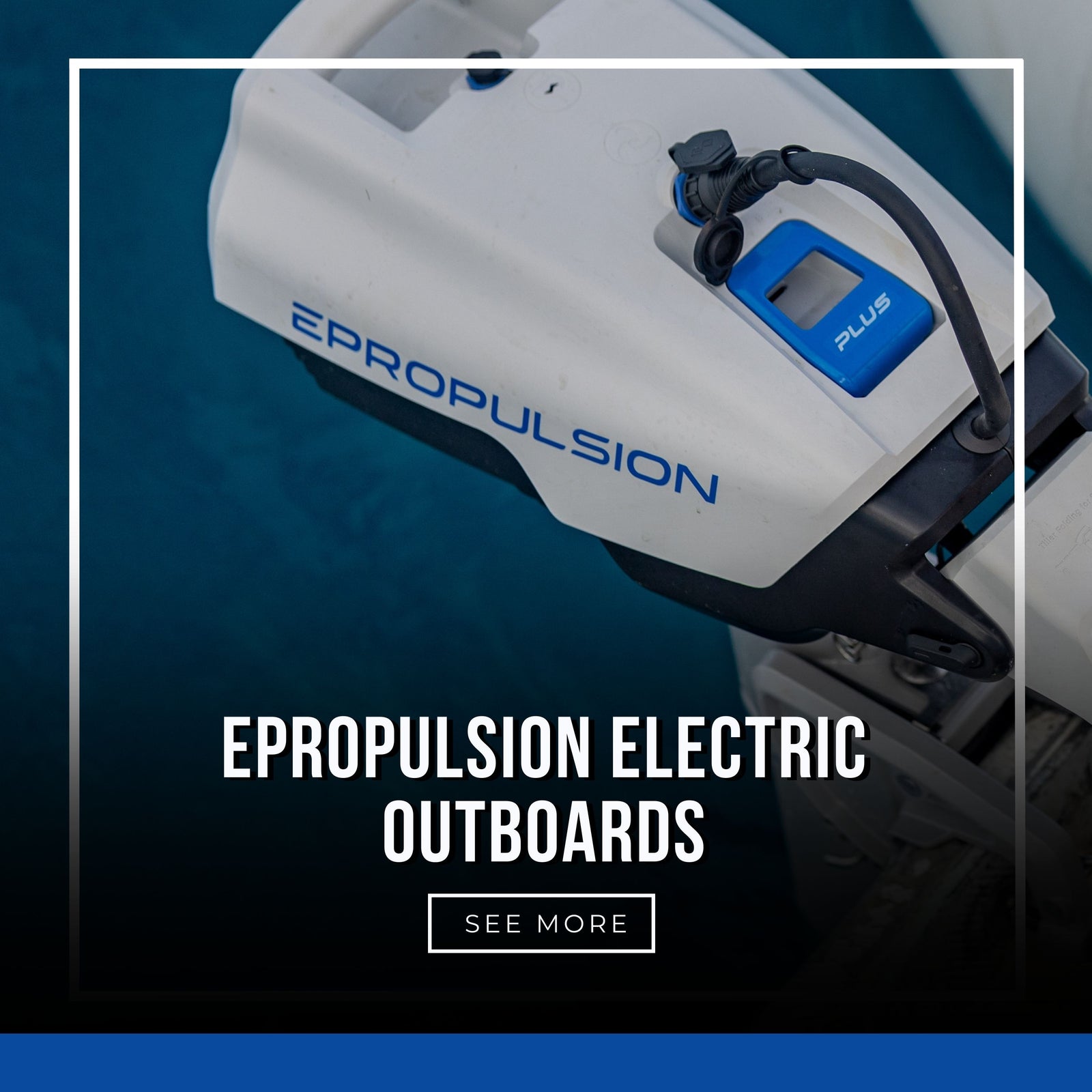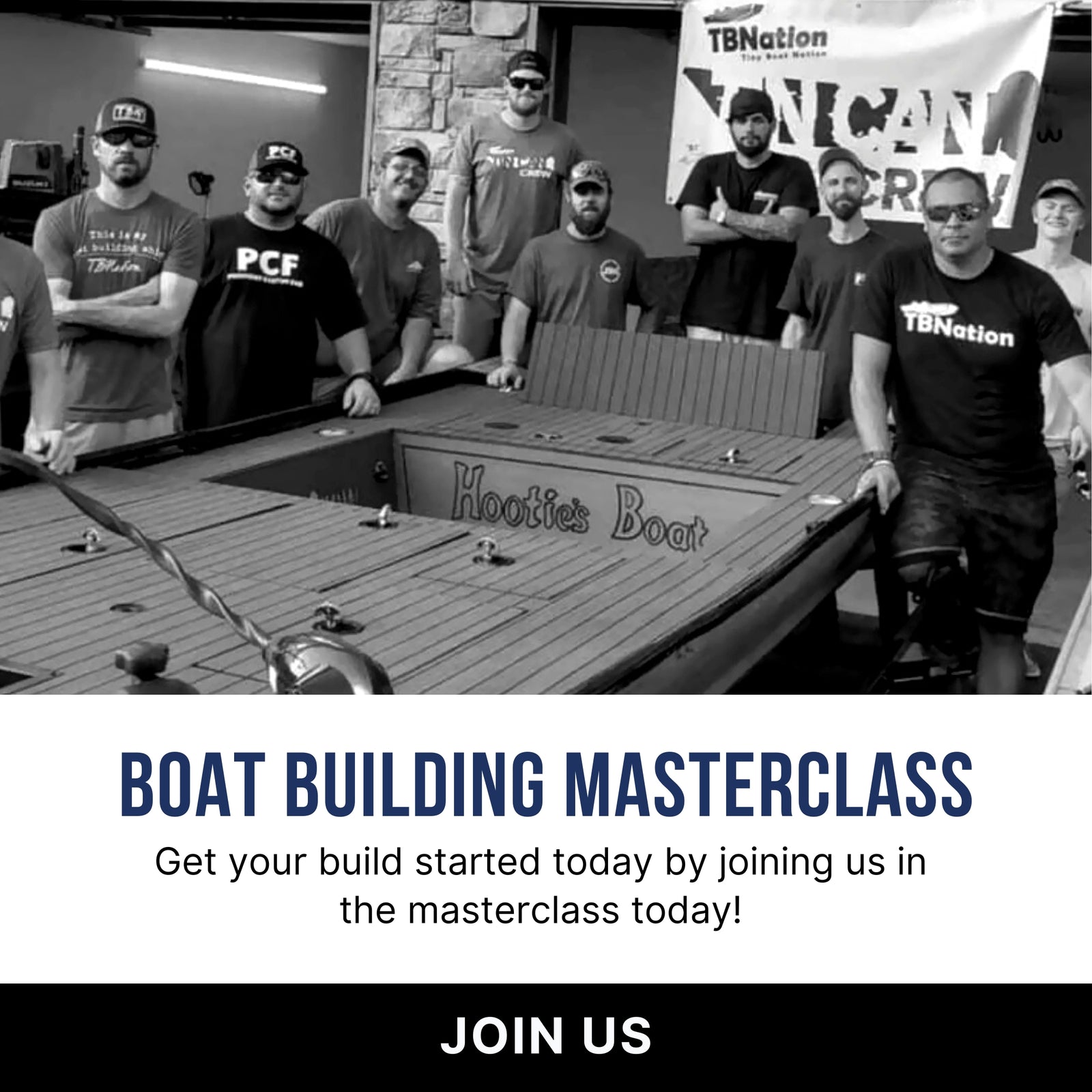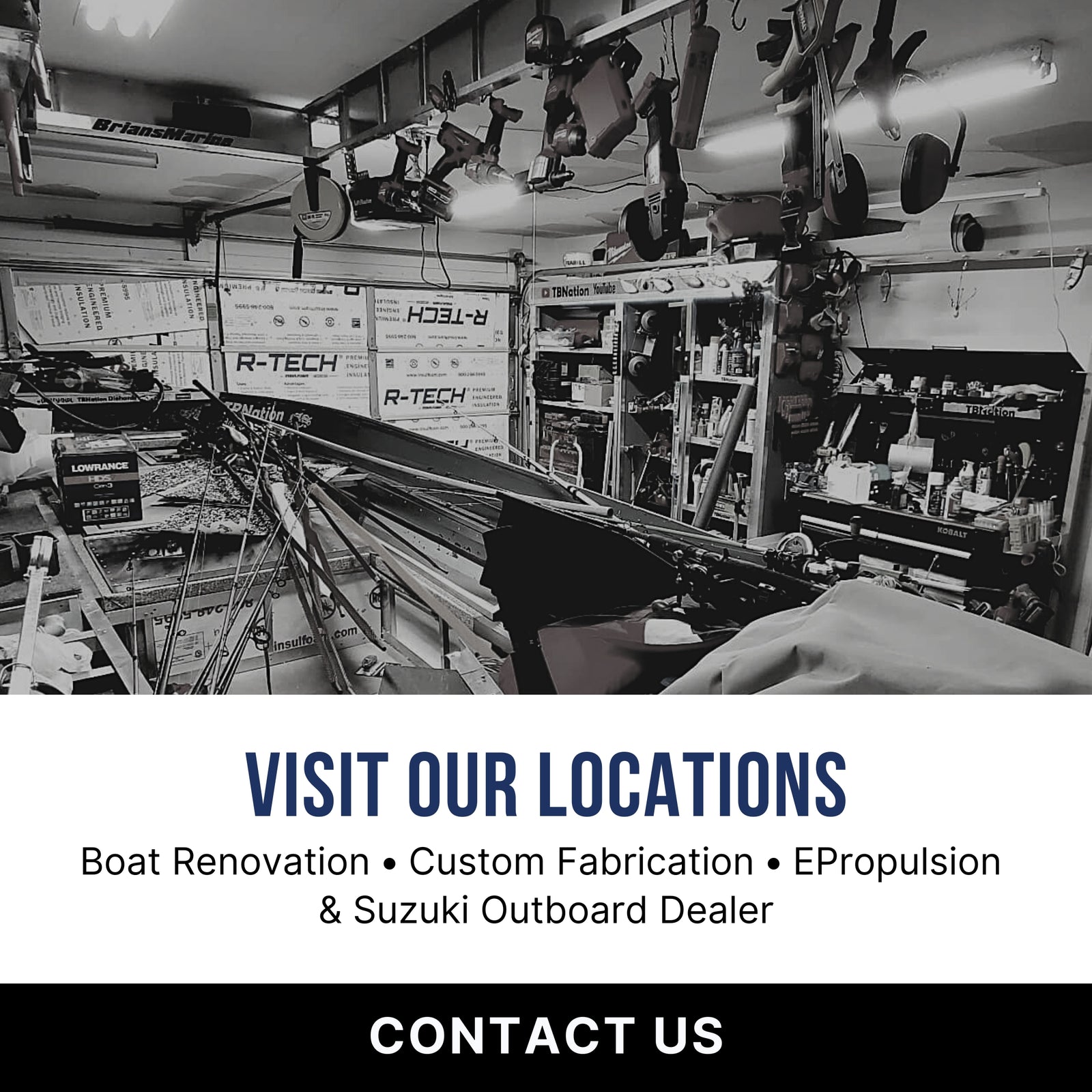Your Cart is Empty
Your One-Stop Shop for Jon Boat to Bass Boat Conversion Build Kits and Parts
Whether you're starting a jon boat build from scratch or upgrading your setup, we have the boat parts you need to get the job done. Our collection includes boat replacement parts and essential parts of a boat, from electrical components to structural reinforcements. We stock high-quality materials designed for durability and performance, so you can confidently take on your next project. Explore our selection and find the right boat parts to customize and enhance your build today.
Read MoreFAQ
-
Building a boat requires several key components, including:
Hull: The main body of the boat that provides buoyancy and stability.
Deck: The surface covering the hull, providing a working platform.
Transom: The flat surface forming the stern of the boat, often where the motor is mounted.
Stringers and Frames: Internal supports that reinforce the hull's structure.
Bulkheads: Vertical partitions that divide the interior space and add structural integrity.
Keel: The central structural basis of the hull, running along the bottom from bow to stern.
-
Selecting appropriate materials depends on factors like boat type, intended use, and budget. Common materials include:
Wood: Traditional and aesthetically pleasing, but requires regular maintenance to prevent rot.
Fiberglass:Lightweight, strong, and low-maintenance, making it popular for various boat types.
Aluminum: Durable and resistant to corrosion, ideal for smaller boats and those used in freshwater.
Steel: Strong and cost-effective, often used in larger vessels but requires protection against rust.
-
Some frequent pitfalls in boat building include:
Inadequate Planning: Failing to thoroughly plan can lead to design flaws and construction issues.
Poor Material Selection: Using subpar or inappropriate materials can compromise the boat's durability and safety.
Neglecting Structural Support: Insufficient framing and support can result in a weak structure prone to failure.
Ignoring Weight Distribution: Improper weight balance can affect the boat's stability and performance.
Overlooking Ventilation: Inadequate ventilation can lead to moisture buildup and material degradation.
-
To maintain structural integrity:
Follow Design Specifications: Adhere strictly to the plans and guidelines provided for your boat design.
Use Quality Materials: Invest in high-grade materials suitable for marine environments.
Implement Proper Joinery Techniques: Ensure all joints are securely fastened and sealed to prevent leaks and weaknesses.
Regular Inspections: Continuously inspect your work during construction to identify and address potential issues early.
Seek Expert Advice: Consult with experienced builders or naval architects when in doubt.
-
Reliable plans and resources can be found through:
Reputable Publishers: Look for books and guides from established authors in marine construction.
Online Communities: Join forums and groups where experienced builders share plans and advice.
Professional Associations: Organizations like the American Boat and Yacht Council (ABYC) offer standards and resources.
Educational Institutions: Some universities and colleges provide courses and materials on boat building.





























